- Luật
- Hỏi đáp
- Văn bản pháp luật
- Luật Giao Thông Đường Bộ
- Luật Hôn Nhân gia đình
- Luật Hành Chính,khiếu nại tố cáo
- Luật xây dựng
- Luật đất đai,bất động sản
- Luật lao động
- Luật kinh doanh đầu tư
- Luật thương mại
- Luật thuế
- Luật thi hành án
- Luật tố tụng dân sự
- Luật dân sự
- Luật thừa kế
- Luật hình sự
- Văn bản toà án Nghị quyết,án lệ
- Luật chứng khoán
- Video
- NGHIÊN CỨU PHÁP LUẬT
- ĐẦU TƯ CHỨNG KHOÁN
- BIẾN ĐỔI KHÍ HẬU
- Bình luận khoa học hình sự
- Dịch vụ pháp lý
- Tin tức và sự kiện
- Thư giãn

TIN TỨC
fanpage
Thống kê truy cập
- Online: 223
- Hôm nay: 198
- Tháng: 1621
- Tổng truy cập: 5245625
It’s the End of the World Economy as We Know It
Experts suggest there will be “a rethink of how much any country wants to be reliant on any other country.”

A container ship in Qingdao, China. Countries might re-examine their reliance on far-flung supply chains.Credit...CHINATOPIX, via Associated Press
When big convulsive economic events happen, the implications tend to take years to play out, and spiral in unpredictable directions.
Who would have thought that a crisis that began with mortgage defaults in American suburbs in 2007 would lead to a fiscal crisis in Greece in 2010? Or that a stock market crash in New York in 1929 would contribute to the rise of fascists in Europe in the 1930s?
The world economy is an infinitely complicated web of interconnections. We each have a series of direct economic relationships we can see: the stores we buy from, the employer that pays our salary, the bank that makes us a home loan. But once you get two or three levels out, it’s really impossible to know with any confidence how those connections work.
And that, in turn, shows what is unnerving about the economic calamity accompanying the spread of the novel coronavirus.
In the years ahead, we will learn what happens when that web is torn apart, when millions of those links are destroyed all at once. And it opens the possibility of a global economy completely different from the one that has prevailed in recent decades.
“As much as I hope we are able to get ordinary economic activity back up, that’s just the beginning of our problem,” said Adam Tooze, a historian at Columbia University and author of “Crashed,” a study of the extensive global ripple effects of the 2008 financial crisis. “This is a period of radical uncertainty, an order of magnitude greater than anything we’re used to.”
It would be foolish, amid such uncertainty, to make overly confident predictions about how the world economic order will look in five years, or even in five months.
But one lesson of these episodes of economic tumult is that those surprising ripple effects tend to result from longstanding unaddressed frailties. Crises have a way of bringing to the fore issues that are easy to ignore in good times.
One obvious candidate is globalization, in which companies can move production wherever it’s most efficient, people can hop on a plane and go nearly anywhere, and money can flow to wherever it will be put to its highest use. The idea of a world economy with the United States at its center was already falling apart, between the rise of China and America’s own turn toward nationalism.
There are signs that the Covid-19 crisis is exaggerating, and possibly cementing, those changes.
“There will be a rethink of how much any country wants to be reliant on any other country,” said Elizabeth Economy, a senior fellow at the Council on Foreign Relations. “I don’t think fundamentally this is the end of globalization. But this does accelerate the type of thinking that has been going on in the Trump administration, that there are critical technologies, critical resources, reserve manufacturing capacity that we want here in the U.S. in case of crisis.”
Consider just a few pieces of evidence for the weakening underpinnings of globalization.
France’s finance minister directed French companies to re-evaluate their supply chains to become less dependent on China and other Asian nations. U.S. Customs and Border Protection has said it will seize exports of certain medical supplies. And on Friday, Senator Lindsey Graham suggested that the United States should punish China for failing to contain the virus by canceling debt the Chinese government owns — a step that would risk the role of U.S. Treasury bonds as the bedrock of the world financial system.
Even before the coronavirus hit, the limits of globalization were becoming clearer.
Trade as a share of global G.D.P. peaked in 2008 and has trended lower ever since. The election of President Trump and the onset of a trade war with China had already made multinational companies start to rethink their operations.
“I think companies are actively talking about resilience,” said Susan Lund, a partner at McKinsey who studies global interconnectedness. “To what extent would companies be willing to sacrifice quarter-to-quarter efficiency for resilience over the long term, whether that’s natural disasters, the climate crisis, pandemics or other shocks?”
She envisions not so much a full-scale retreat from global trade as a shift toward regional trade blocs and greater emphasis on having companies build redundancy into their supply networks. Governments will probably insist that certain goods, like pharmaceuticals and medical equipment, rely more on domestic production given the current global scramble for those items.
China has reoriented its economic strategy, aiming to be not a low-cost manufacturing hub for the world but the maker of technologically advanced products like aircraft and telecommunications equipment. That has made Americans, Europeans and the Japanese all the more reluctant to have major operations in China, for fear of intellectual property theft.
Under the Trump administration, the United States has experienced strain with even traditional allies in Western Europe. Put it all together, and a more every-nation-for-itself mentality was already becoming ingrained before Covid-19, in ways the pandemic seems to be reinforcing.
“What typically happens after you get a crisis like this is people talk about new eras and how the post-pandemic world will be different,” said Ruchir Sharma, chief global strategist at Morgan Stanley Investment Management. “This time I think the trends that were already in motion before this pandemic will be accelerated.”
In a past episode of de-globalization — the unwinding of global commerce that took place amid World War I and the 1918 flu epidemic — there was also a remaking of the global financial system, with the British pound losing its pre-eminence.
That kind of thing could plausibly happen this time too, but initial signs point the other way: toward the dollar’s becoming even more entrenched at the center of the global financial system.
The U.S. Federal Reserve has opened swap lines with 14 overseas central banks — which enables them to pump dollars into their domestic banking systems — and started a novel program that lets other countries obtain dollars by pledging Treasury bonds as collateral. Those moves are helping ensure that a global dollar shortage doesn’t paralyze the world economy.
European officials have been reluctant to take steps that would make the euro more central to the world currency system, such as issuing bonds that are jointly guaranteed by the countries of the eurozone. And China has, if anything, been reluctant to remake its financial system in ways that could enable the renminbi to become more crucial to world commerce, such as allowing free capital flows in and out of the currency.
Mark Carney, the former governor of the Bank of England, delivered an influential speech to fellow central bankers last August arguing that the current international monetary and financial system, with its deep dollar dependence, was unsustainable. But the pandemic may be entrenching that flawed system.
“The dollar system is inherently unstable, but so is a bicycle,” said Mr. Tooze, the historian. “They’re unstable, but if you’re a skilled rider of them, they’re great. And the Fed has demonstrated it’s a skilled rider of the dollar hegemony bike.”
At times over the last 12 years, it has felt as if the world were reliving the period of 1918 to 1939, but as if told by a forgetful student who was getting the events out of order. That era also featured a global financial collapse; a rise of authoritarian governments; the emergence of a new economic superpower (the United States then, China now); and a pandemic, though not in that sequence.
We may not know exactly where this crisis will lead, for the world economy or anything else. But one thing seems clear: History sure can be scary when you don’t know how it ends.
Neil Irwin is a senior economics correspondent for The Upshot. He is the author of “How to Win in a Winner-Take-All-World,” a guide to navigating a career in the modern economy.
By NyTimes
Các bài viết khác
- Từ sự kiện Tổng biên tập báo TIME Greta Thunberg là Nhân vật của năm 2019 đến báo cáo Biến đổi khí hậu Phúc trình của IPCC báo động đỏ cho nhân loại 82021 (15.01.2020)
- Các nền kinh tế có nguy cơ rơi vào khủng hoảng nợ sau những gói kích thích "khủng", một cuộc khủng hoảng kép sắp xảy ra? (21.04.2020)
- Kinh tế Việt Nam sắp tới ra sao? (21.04.2020)
- Ngân hàng ồ ạt bán nợ xấu bất động sản: Cảnh báo dấu hiệu bất thường (21.04.2020)
- Nước biển dâng, sẽ có hàng tá thành phố nổi như phim Hollywood (08.04.2020)





















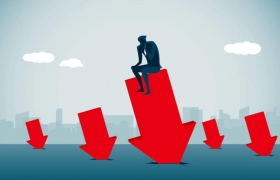



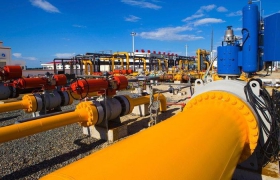



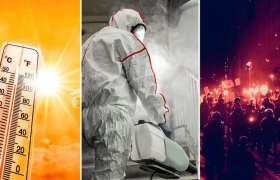


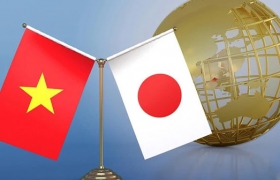
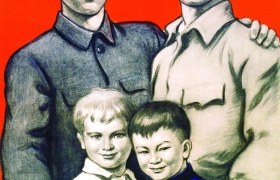
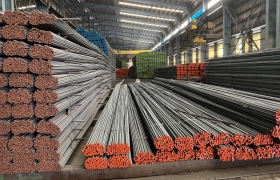







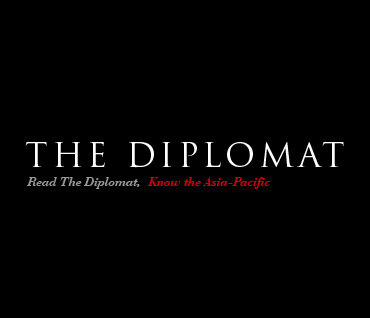
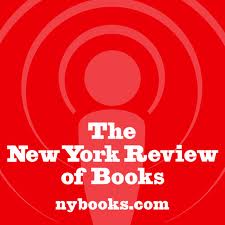
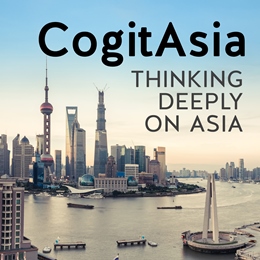
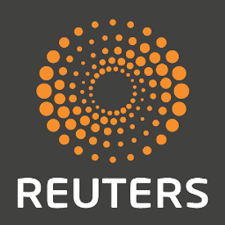

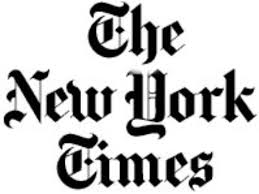
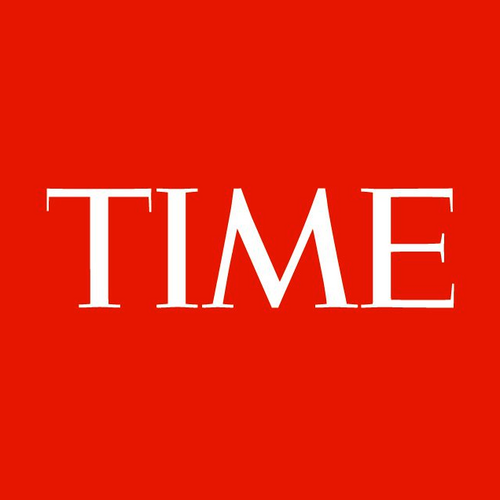
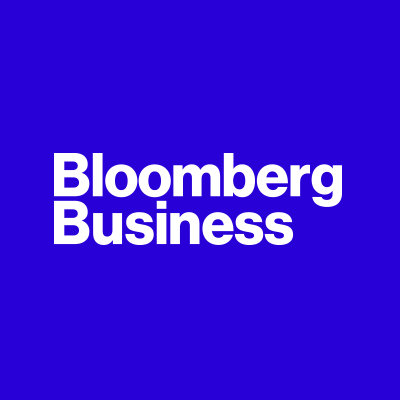
 Yahoo:
Yahoo: 